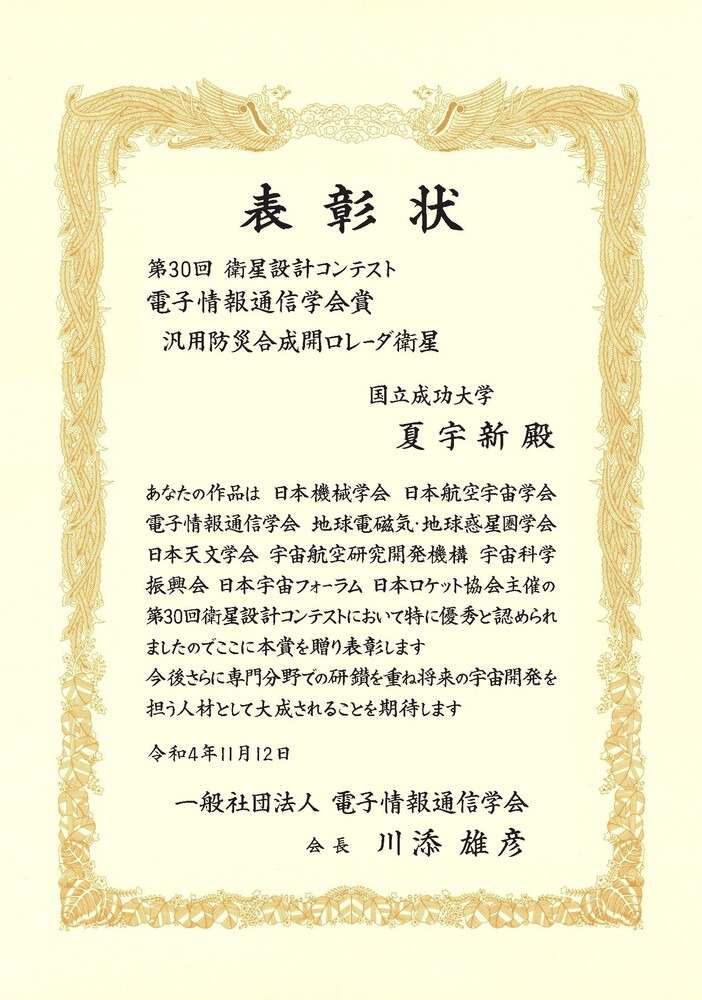"2023 National Defense Application UAV Challenge" is underway, with the top six teams from across the country competing fiercely
A total of 58 teams participated in the competition, each designing their own defense-themed challenge. Evaluation by 11 experts from various fields, including innovation, applicability, technical content, and defense requirements, resulted in the selection of six teams. Within less than half a year, these teams successfully integrated unique UAV systems. The flight demonstrations and competition took place on October 18-19 at the Asia UAV AI Innovation Application R&D Center in Chiayi, Taiwan, also a co-organizer of the competition. The final results will be announced at the awards ceremony on November 10.
The six teams showcased creative applications of UAVs in defense scenarios. For instance, the team from National Chung Hsing University, led by Professor Yi-Zheng Huang in collaboration with Thunder Tiger Technology, developed a UAV system for multi-target heterogeneous recognition and reconnaissance. The system, using YOLOv7 detection technology as the core, features one-key automated swarm tracking in a formation, aiding in the location of hidden enemy targets and supporting attacks by national weapons systems.
Another team, led by Professor Chun-Wei Hsieh from National Yang Ming Chiao Tung University in collaboration with Chunghwa Telecom Co., A3FUN II C. Ltd., and Thunder Tiger Technology, focused on developing an efficient and anti-jamming automated UAV reconnaissance system. Utilizing computer vision technology to enhance UAV environmental awareness, the team also designed a software-defined radio communication system with broadband spectrum sensing for anti-jamming capabilities, allowing UAVs to successfully detect and track multiple objects, even in situations with communication interference or disruption.
Addressing a scenario of enemy invasion into national waters, the team from National Defense University, led by Professor Yan-Hong Li in collaboration with Racing Electric Instrument, ORdata System, and Poseidon Smart Lifebuoy, created a carrier-based compound UAV with autonomous landing technology. The UAV is designed for easy installation on limited naval decks and storage spaces, featuring a detachable design, vertical take-off and landing capabilities, high payload capacity, and long endurance. Equipped with laser targeting, optical, and infrared modules, the UAV can quickly execute maritime positioning, reconnaissance, decoy, and search and rescue missions.
National Formosa University, led by Professor Jie-Tong Zou in collaboration with Thunder Tiger Technology, designed an autonomous AI-recognized vertical take-off and landing (VTOL) reconnaissance aircraft and an attack drone group with obstacle avoidance and communication functions. This is the only participating UAV with an attack design. The core technology involves rapidly sending back enemy target images and positions to the ground control station (GCS) for quick response, and in case of obstacles during the mission, the main UAV can lead the subordinate drones to perform obstacle avoidance maneuvers.
In addition to reconnaissance and attacks, logistical supply is also a crucial mission on the battlefield. The team from NCKU, led by Professor Szu-I Yeh (Scoupus) in collaboration with Kai-Quan International, independently developed a rapidly deployable vertical take-off and landing (VTOL) UAV equipped with an intelligent cargo guidance system. This UAV can perform airdrops of supplies to blockaded areas and accurately land in target areas.
The team from NCKU, led by Professor Chao-Chung Peng (Scopus) in collaboration with Avilon Intelligence, developed a highly mobile and portable UAV system. Using complex urban warfare as the defense scenario, the team employed multi-rotor UAVs for indoor spinning reconnaissance, instantly building a 3D map of an unknown battlefield. This provides operational teams with real-time situational awareness, allowing them to predict potential threats and plan the optimal attack route.
The "2023 National Defense Application UAV Challenge" is the first UAV competition in Taiwan with the goal of developing autonomous defense technology. The competition format breaks away from traditional content, with teams formed by collaboration between academia and industry. They use self-defined defense-themed challenges to spur breakthroughs in UAV key technologies and system integration. The hope is that the collaborative efforts of experts from various fields will not only enhance Taiwan's UAV key technology capabilities but also contribute value to the military and commercial UAV industries.

Professor Yi-Zheng Huang's team at National Chung Hsing University collaborates with Thunder Tiger Technology to develop a multi-target heterogeneous recognition and reconnaissance unmanned aerial vehicle (UAV) system.

Professor Chun-Wei Hsieh's team from Yang Ming Chiao Tung University, in collaboration with Chunghwa Telecom Co., Ltd. Co., Ltd. Co., Ltd.,A3funii, and Thunder Tiger Technology, is developing an efficient anti-interference automated drone surveillance system.
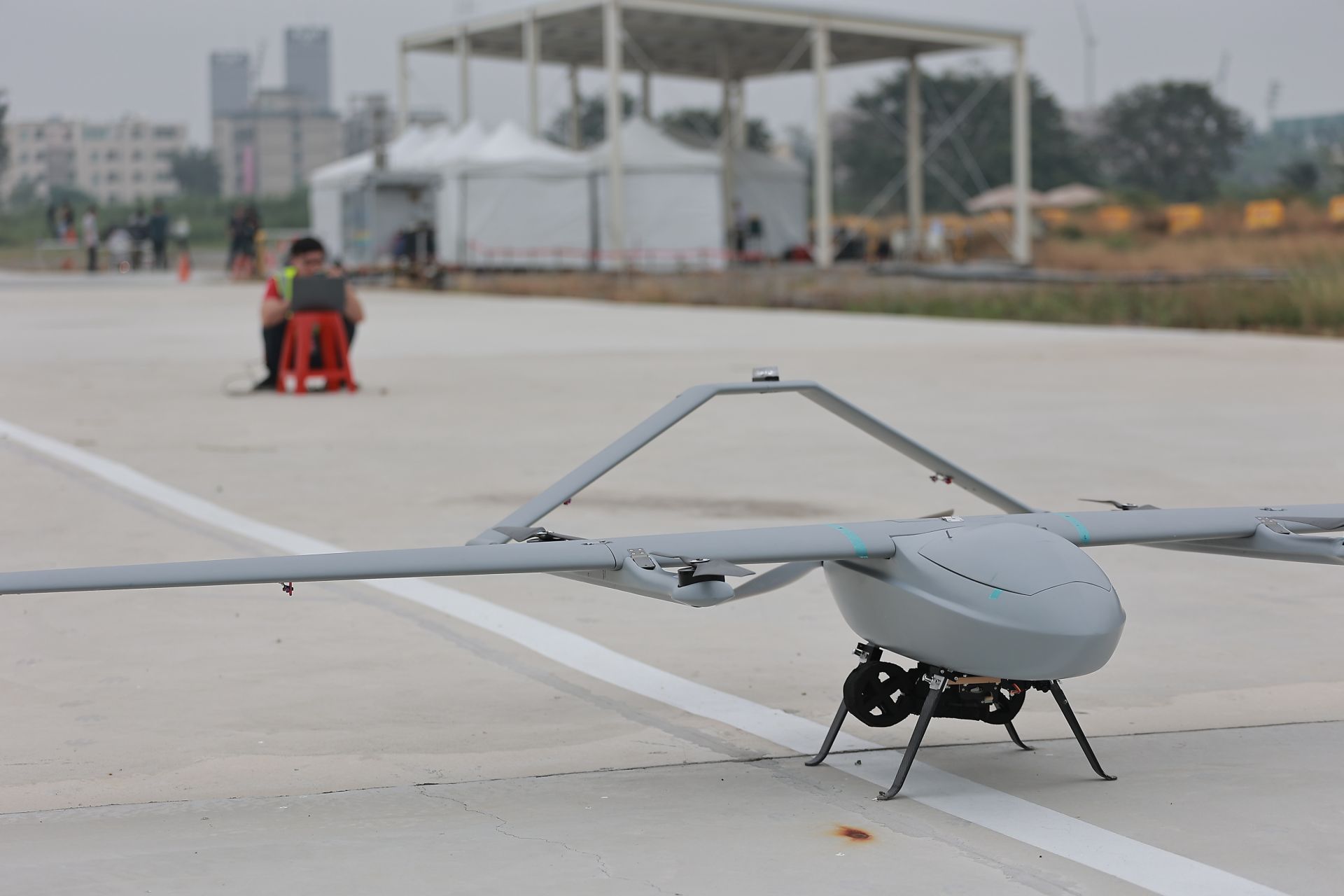
Professor Yan-Hong Li from National Defense University collaborates with Racing Electric Instrument Co., LTD. and Rdata under PSD ™ to create shipborne composite unmanned aerial vehicles (UAVs).
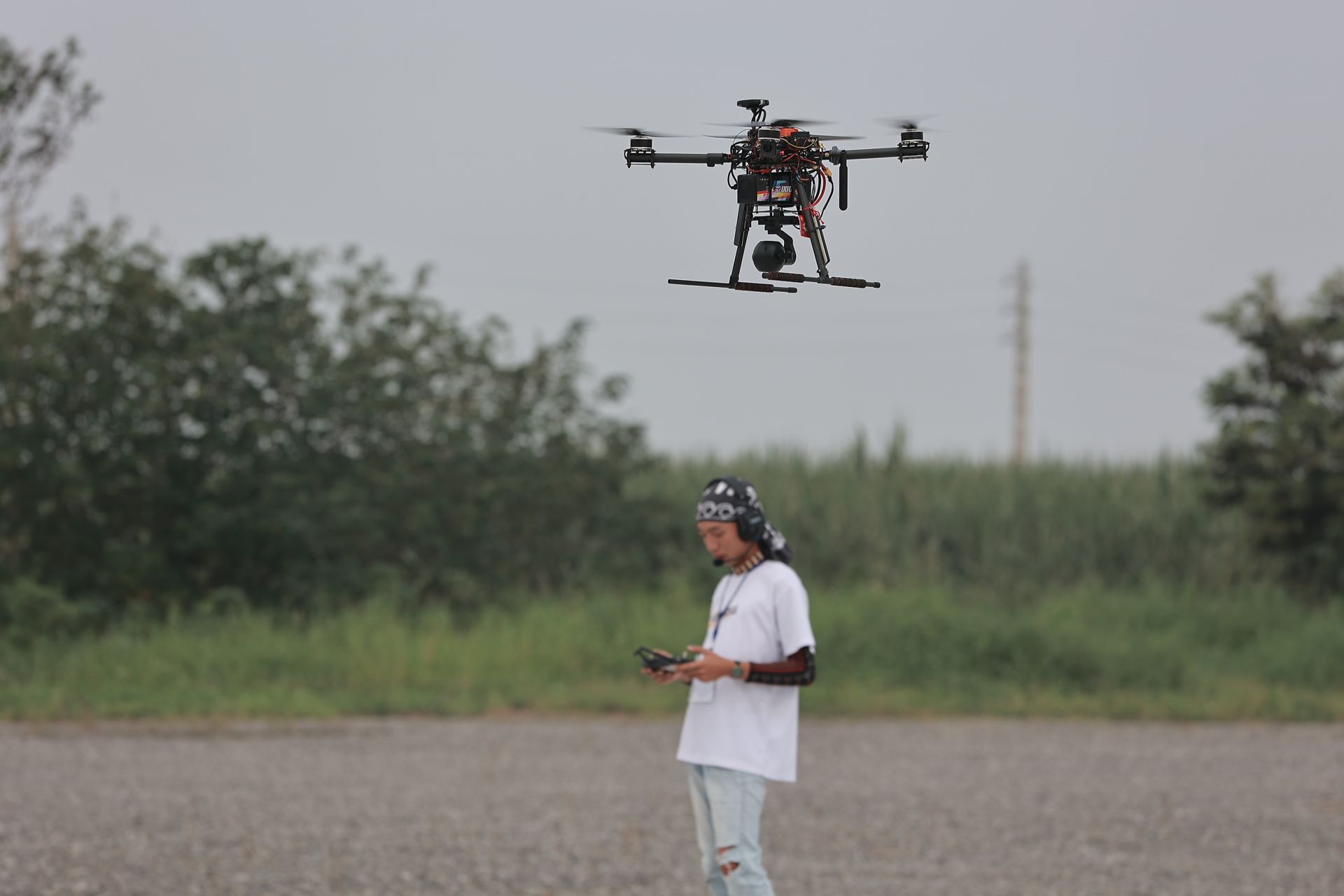
Professor Jie-Tang Zou from National Formosa University collaborates with Thunder Tiger Technology to jointly design the only attack-oriented unmanned aerial vehicle (UAV) in this competition.
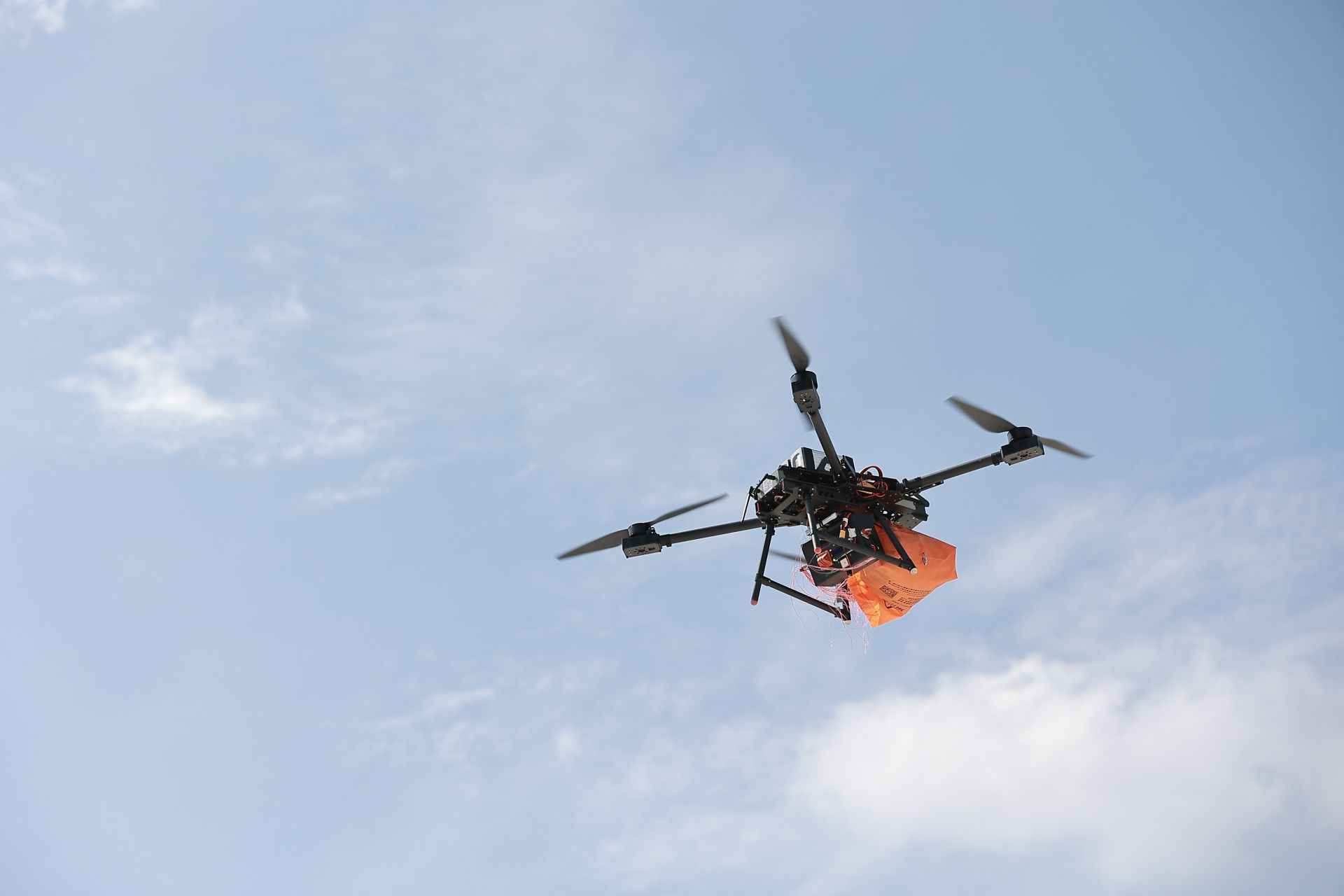
Professor Szu-I Yeh from NCKU collaborates with Kai-Quan International UAV to develop a drone capable of airdropping supplies into restricted areas and precisely landing them in the target area.
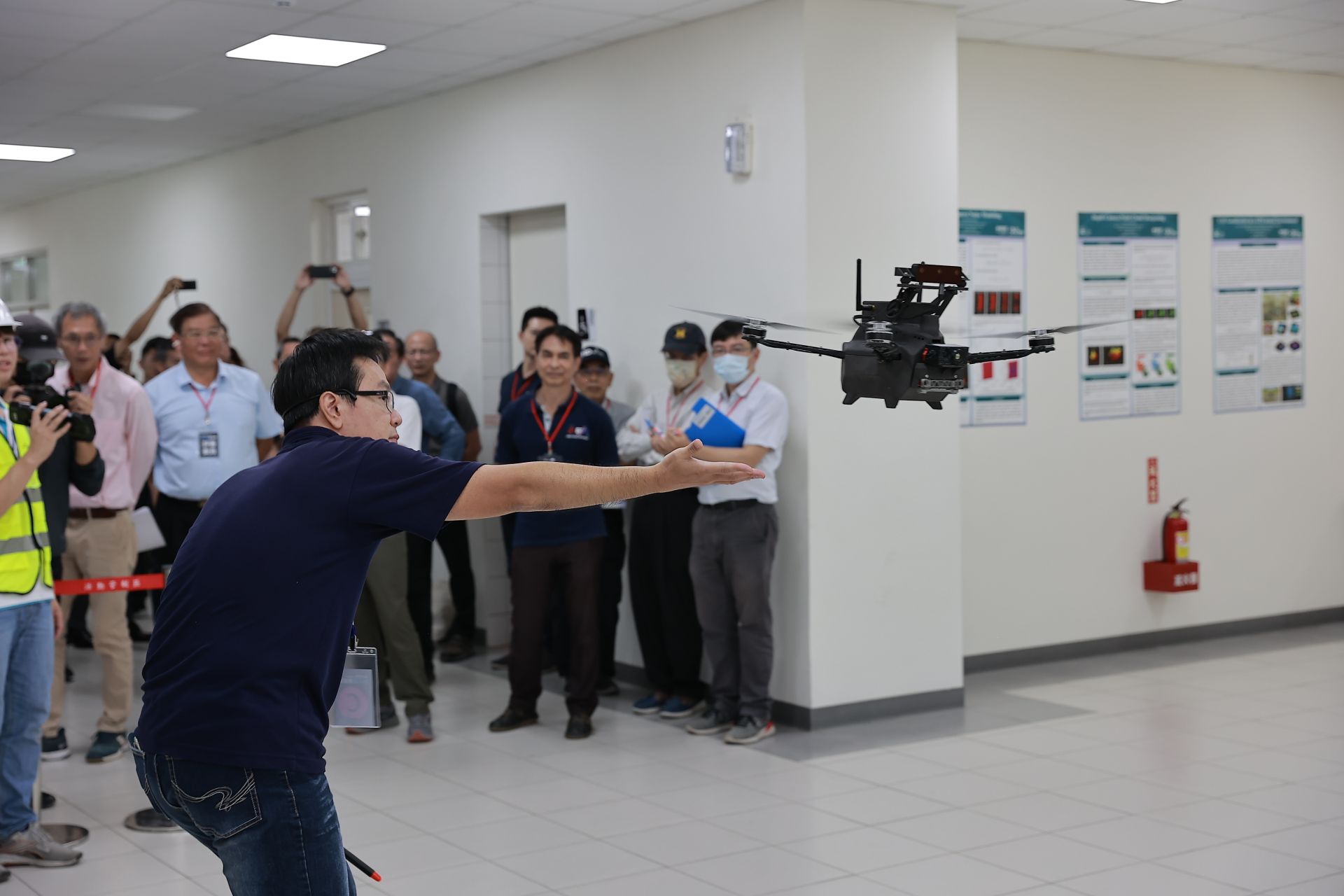
Professor Chao-Chung Peng from NCKU collaborates with Avilon Intelligence to create a highly mobile and portable unmanned aerial vehicle (UAV) system.




